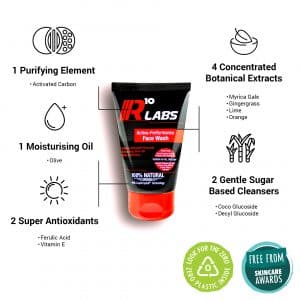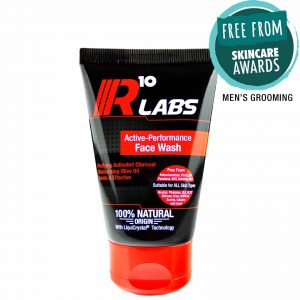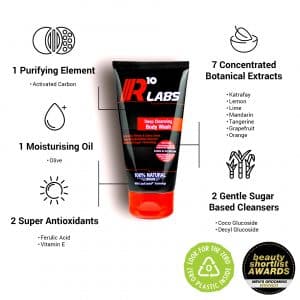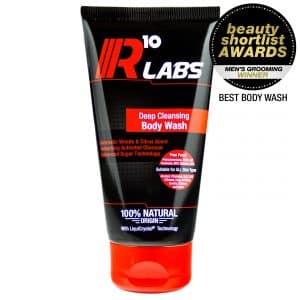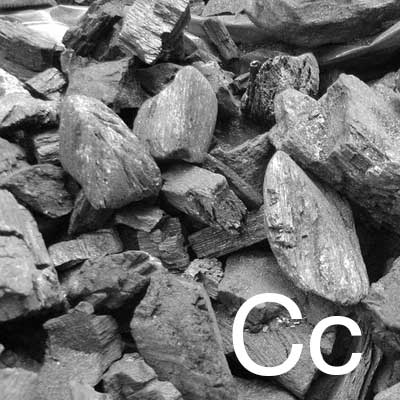
Activated Carbon (Charcoal)
Made from Coconut shells and purified to an extremely high degree – to pharmaceutical grade B.P.C 1934, defining the quality and specification of the activated charcoal we use. The correct term for this grade of material is activated carbon, due to the impurities being removed from it.
The activated carbon is a finely reduced powder, reduced to 5 millionths of a millimeter, 20 times finer than a hair strand, which presents a huge surface area for the absorption of substances, 1g of activated charcoal has a surface area of up to 1000 meters sq. which is the size of up to 6 tennis courts.
At a molecular level, things are sticky. It’s why the wax in a candle stays together as one big clump instead of splaying everywhere, and why you have to put in a whole heap of heat to get water molecules to separate and turn into steam. This stickiness is known as intermolecular forces – interactions that stick molecules together. Without them, everything would be a gas.
There are a few types of intermolecular force – the one that activated carbon uses is called dispersion forces. Absolutely every substance has dispersion forces, whether it’s a vitamin or a poison.
Remember the large surface area that activated carbon has? This means there’s a lot of space for things to stick to. And since everything can form dispersion forces, activated carbon actually soaks up all sorts of things.
This all-natural wonder, can help draw out impurities in your skin, creating beautiful results, including a fresher, healthier appearance and a radiant glow.
Found In
